Gender Role Socialisation
Masculinity – Gender-role socialisation theories suggest that social environments teach men and women distinct sex-type behaviours and attitudes that influence how they see themselves in relation to their gender and how they perceive the expectations for their behaviour (Mansfield, Addis & Mahalik, 2003). Gender roles are self-replicating with each generation being socialised into them by the generations before (Conrad & Warrick-Booth, 2010).
Rather than being fixed, gender roles are considered to be multiple, transient and changeable over time and context with different generations exerting their influence in shaping the meaning of what it means to be male and female (Connell & Messerschmidt, 2005).
Two popular areas of research into male gender socialisation theories have focused on gender ideologies and gender role conflict.
The differences described have had a major impact on the male to female suicide ratio.
Masculine Norms
Different authors have proposed the existence of certain traditional (Pleck, 1981,1985), hegemonic (Connell, 1995) or masculine norms and values. Such norms and values seem to define norms and values which privilege the dominant position of some men and marginalise others.
Dominant Masculine Norms
At Men’s Minds Matter we coined the term dominant masculine norms as it reflects the dominance of some ideals whilst recognising the potential for change,
Current Dominant Masculine Norms include providing for others, physical strength, emotional toughness, self-reliance, competitiveness, risk taking, protector, toughness and aggression, winning, dominance (including sexual), virility, control, power, heroism, honour and courage.
Such dominant norms whether we agree with them or not have been shown to hold influence over men and boys.
Strengths and benefits of masculinities
Whilst there are many benefits and positives associated with these norms and values they can also be very detrimental and harmful for men. More specifically they are directly related to poorer health outcomes observed in men. They can also prevent the healthy expression of qualities such as emotional and physical vulnerability, a need to be cared for or a desire for genuine intimate connection with others.
By Martin Seager & Luke Sullivan
If we look around us it is not hard to find consistent evidence that there are ancient rules of masculinity that put pressure on men (and from a certain age boys) to think, feel and behave in certain ways. These rules can still be seen in everyday life and in the stories that we tell ourselves in books, films, plays, TV shows and in popular culture. Myself and colleagues have hypothesised what these rules look like and we are beginning to research them to see if they can help to explain for example why men are less likely to seek help and more likely to go through with suicide.
These rules have already been “road tested” on various focus groups and found to have strong face validity. There are only 3 simple rules:
1. A real man is a fighter and a winner
2. A real man is a provider and a protector (of women, children and others)
3. A real man retains mastery and control
If we assume that these deep-seated “hero” rules are always acting upon men then it helps to explain why men can feel such “masculine shame” for example if they lose their job or need help or direction of any kind.
These rules also fit with what we know about the evolution of the male as a fighter and hunter. The big question is whether these rules can change in a modern world or to what extent we have to help men find more modern ways of living up to them. For example, men can be given the message that they are taking control by seeking help, not losing control. Whatever else we do, we need to honour the male gender as having its own identity, needs and issues and we need to start designing our society to take account of the specific needs and differences relating to both genders.
Traditional & Hegemonic Masculinities
Joseph Pleck (1981, 1995) proposed a common constellation of standards and expectations associated with the traditional male role in the US and other Western societies, which he referred to as “traditional masculine ideology”. Connell (1995) coined the term “hegemonic masculinity‟ to refer to a similar ideal of male behaviour, which privileges the position of some men and for which men are strongly encouraged to aim. Such masculinities are seen to characterise traits such as physical strength, wealth, professional success, power, risk taking, invulnerability, virility, stoic emotionality, control, dominance, excessive competitiveness and a rejection of femininity. These terms will be used interchangeably throughout this review.
These models of masculine ideology have been criticised because they fail to account for relational aspects of masculinity (Bergman, 1995). Masculine ideologies are multiple and vary between people and groups. They are constantly changing based on the meanings constructed through relationships with ourselves, others and the world (Kimmel, 1994, 2000). Pattman, Phoenix & Frosh (2005) carried out a large scale qualitative research project with 245, 11-14 year-old boys from twelve London secondary schools. They interviewed boys individually, and in mixed and single sex groups. In the single sex groups boys displayed and performed versions of masculinities and positioned themselves in opposition to versions of femininity. In mixed gender groups they were able to challenge inconsistencies between masculinity and behaviour, whilst during individual interviews they spoke more movingly about relationships, emotions and difficulties associated with the masculine self. Although multiple masculinities exist there appears to be a more dominant form of masculinity ideology, which even if people do not ascribe to, they appear to measure themselves against (Pattman et al., 2005; Frosh, Phoenix & Pattman, 2002; O’Brien, Hunt & Hart, 2005; Timlin-Scalera et al., 2003). In a grounded theory study of help seeking in white male high school students from middle to upper income backgrounds, Timlin-Scalera et al. (2003) described how the need to fit in dictated help seeking behaviours in this population. This was similar to findings from focus groups with men from the UK (O’Brien et al., 2005). Pattman et al. (2005) proposed that certain aspects of hegemonic masculinity functioned as a method of social regulation in the young boys they interviewed. Even though many of the boys did not ascribe to these values (particularly during individual interviews) they often measured themselves and others against them.
Pleck (1995) proposed that violating gender role stereotypes was common and could lead to a real or perceived social condemnation and negative evaluations from others. He suggested that how men feel about themselves may be dependent on how well they conform or believe they conform to masculine gender norms (Pleck, 1995). Related to Pleck’s (1981; 1995) gender role strain paradigm is O’Neil’s gender role conflict theory [GRC] (O’Neil, 1981). GRC is defined as, “a psychological state in which socialised gender roles have negative consequences for the person or others [and] occurs when rigid, sexist or restrictive gender roles result in restriction, devaluation or violation of others or self” (O’Neil, 2008; p 362). GRC is theorised to result in restrictive emotionality; health care problems; obsession with achievement and success; restrictive sexual and affectionate behaviour; socialized control, power and competition issues; and homophobia (O’Neil, 2008).

Get our booklet
PDF booklet downloadable for free or available at £2.50 per booklet.
All proceeds go towards developing more interventions.
Email us if you’d like to order some.
